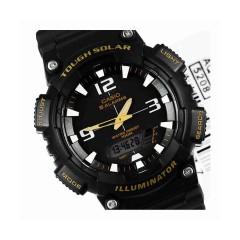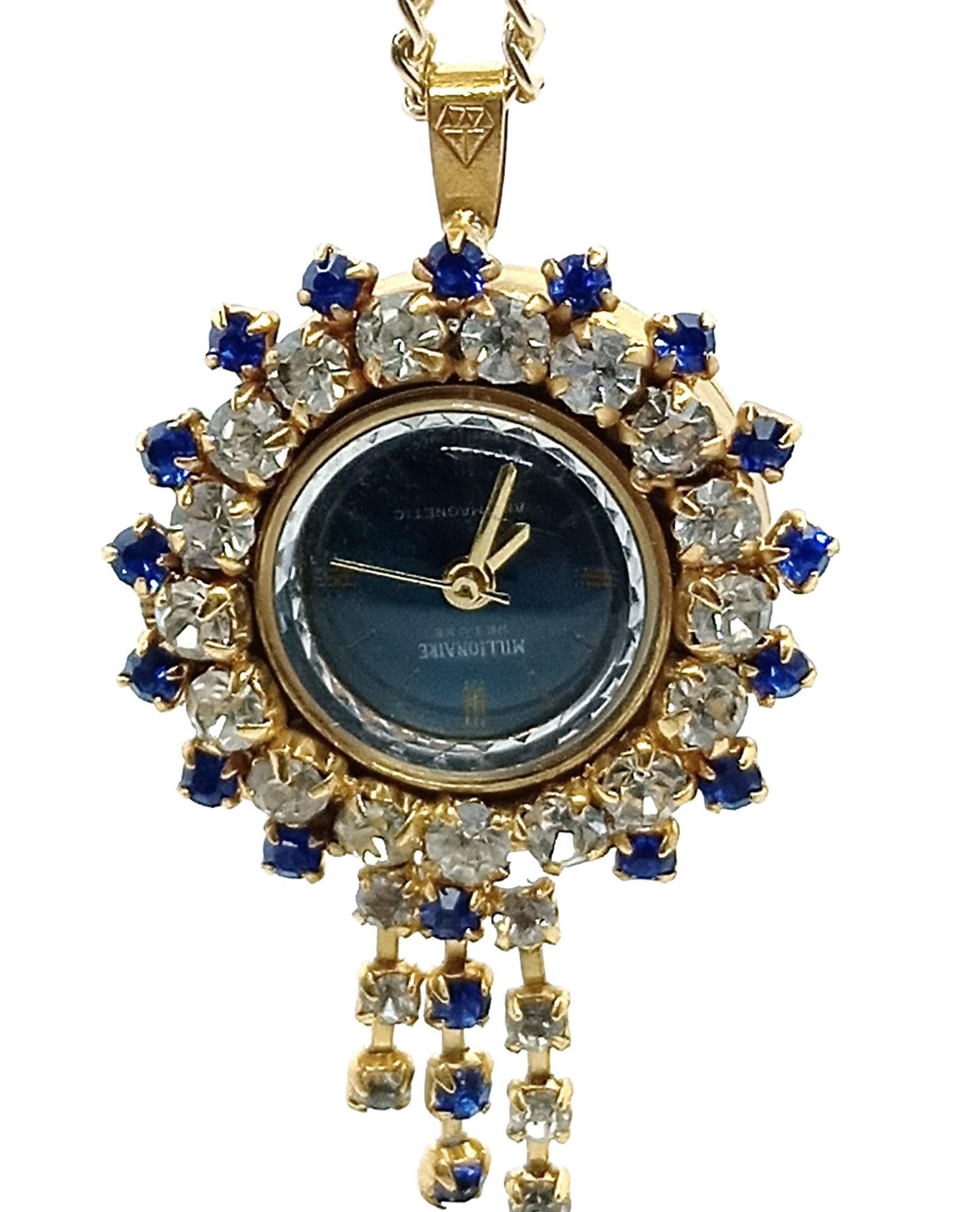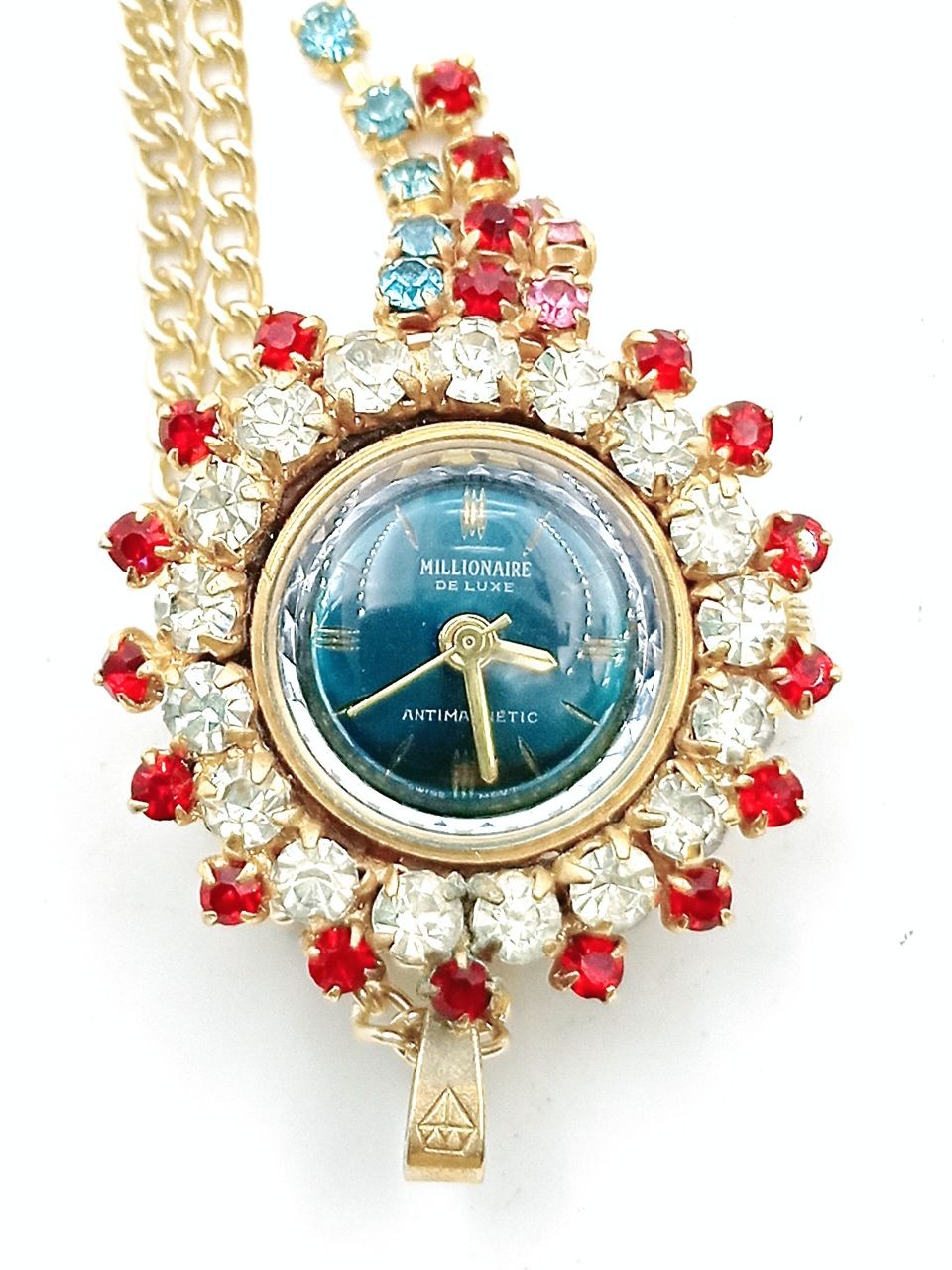In addition, Zircon is one of the most important minerals, as it is the oldest mineral on Earth , and samples have been found in Australia over 4.4 billion years old. Scientists have discovered that the zircon stone actually contains tiny amounts of uranium and thorium . Both elements are very important if they cause the enormous differences in the physical properties of zircon. Low zircon stones are affected by the radiation of both radioactive and thorium nanoparticles, which cause a change in the physical structure of the zircon, through their effect on the stone crystals and its density. These low-grade stones usually take green to brown. It is rare to see the green zircon stones in the trade of precious stones where there is heavy demand for them.
When you hear the name for the first time you may not know it and you may feel surprised by the name of the stone because it is unusual or familiar. However, it is considered one of the most precious stones used today as a natural alternative to the diamond stone. It is a common misconception that people are often confused between a zircon stone and a synthetic diamond stone "cubic zirconium stone". Of course, the two stones are completely different from each other. Cubic zirconium is one of the artificial stones made in the laboratory, while zircon is one of the natural stones formed in nature by a completely different chemistry.
The meaning of the name of zircon
The name of the zircon stone comes from the Persian word "zargun" which means "golden color" that is regardless of that the stone comes in a variety of other colors. And makes it a colorless and transparent shape simulates diamond stone due to the degree of gloss and iris.
Color of zircon stone
This stone is found in a variety of beautiful colors. In its purest form, it is transparent white, but due to its impurities, it can also be found in different colors, such as yellow, orange, red, green, blue, purple, brown, Between these colors. The brownish yellow, red and transparent colors are the most common and most common colors of zircon stone . Blue is the most popular of all colors, and its color is obtained by heating the brown zircon until the color is blue and is usually extracted from mines located in Cambodia and Burma. However, some brown zircon types have the appropriate physical structure to turn blue when heated. The deposits of these materials are usually found in Southeast Asia and here lies the reason for the presence of most zircon stones in Cambodia or Burma. Because of the multicolor property, the blue may appear green in some angles. For medium-sized dark blue zircon stones, they are the most valuable species , and are usually acquired in December because of their relation to towers and astronomy. Zircon is the greenest color ever between the types and colors of other zircon stones and the highest cost is between them.
The origin of the zircon stone and its sources of origin
As we have already pointed out that the zircon stone is the oldest precious stones on the face of the earth so that the samples that are found is older than the age of the moon geological in itself! Which was formed about four billion years ago, the first stone formed in molten granite and then cooled to form in the rocks. Most deposits of zircon are green. The best source for low-cost zircon stones is "Sri Lanka". Samples have also been found in Burma (Myanmar). The most common sediment is found in Cambodia. Most of the sediment comes from Burma, although Australia has the oldest sediments dating back more than 4.4 billion years. Other notable sources include Brazil, Korea, Madagascar, Mozambique, Nigeria, Tanzania, Thailand and Vietnam
Identify the zircon stone
Zircon stones are zirconium silicate by virtue of their composition and method of composition. This stone has unique properties that distinguish it from other precious stones. Its characteristics are related to gemstones, which appear in various factors such as: its degree of hardness, which reaches 6.5 to 7.5 on the Mohs scale. As noted, zircon stones can also be easily identified by determining the degree of stone refraction observed ; When you look down the stone, you can see the effect of double edges of the face smoothly. In addition, the stone has relatively high refractive indicators ranging from 1.810 to 2.024, and a density ratio of 3.93 to 4.73.






